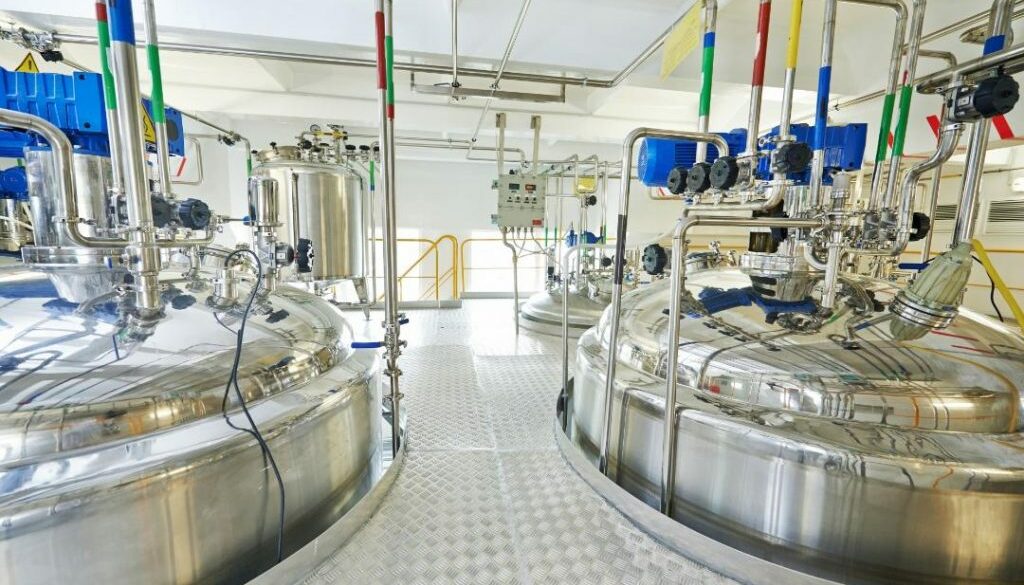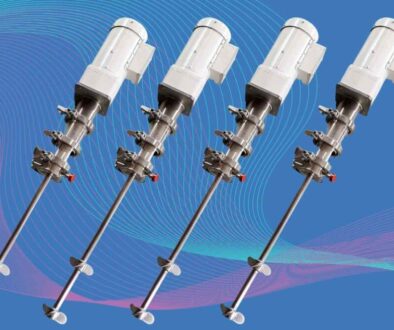Stainless Mixing Tanks – 3 reasons to consider stainless steel for your blending vessels
Stainless mix tanks or poly-plastic mixing vessels – what should you choose for your process?
The best choice for your mixing application depends on the specifics of your mixture and your desired result.
Five common reasons stainless steel mix tanks are often the best choice:
MIXING AT PRESSURE OR VACUUM – plastic tanks are not rated for pressure or vacuum, so a stainless steel mixing tank system is the best choice if you process your mixture with any pressure or vacuum rating.
MIXING VERY THICK PRODUCTS – mixing balms, gummies, creams, lotions, candies, cosmetics, and ointments often require anchor sweep mixing equipment and multi-motion mixer arrangements. Stainless steel blending tanks are often the best choice for this scenario
HEATING AND COOLING A MIXTURE SUCH AS GUMMIES AND COSMETICS – plastic mixing tanks are NOT suitable for heating and cooling while mixing. Stainless steel jacketed mixing tanks are ideal for this situation.
Many variables come into play when choosing the best mixing system. Some questions your mixer vendor will ask:
- What are you mixing?
- What is the mixture viscosity/density/solids %?
- What are the best materials of construction for compatibility with your mixture?
- What pressure/vacuum do you mix at?
- Is there any heating or cooling required for the mixing process?
- Is this industrial duty, sanitary, or biopharma processing? What are the specs for the mixing equipment for proper fit/finish/documentation?
- What is the mixing process? Is it simple blending, dispersing of solids, creating an emulsion, dissolving solids into liquids, etc.? This must be carefully articulated.
We hope this helps you decide what type of mix tank is best for your next job.
We currently have great capability to manufacture stainless mixing equipment in our USA based facility.
Please click here to learn more about our stainless mixing equipment, or to get in touch.




